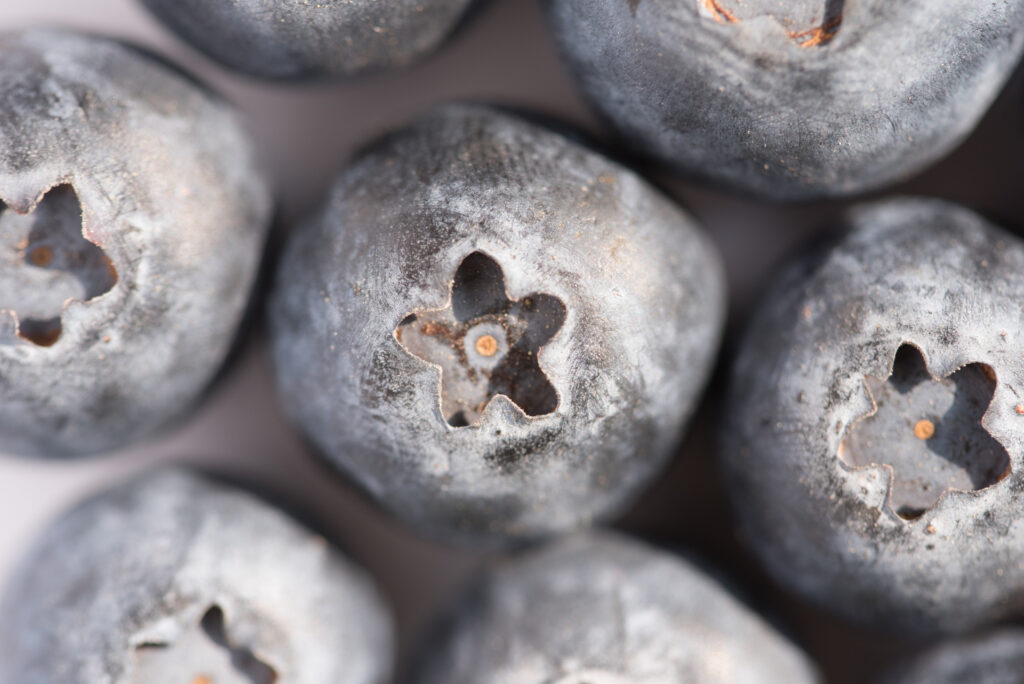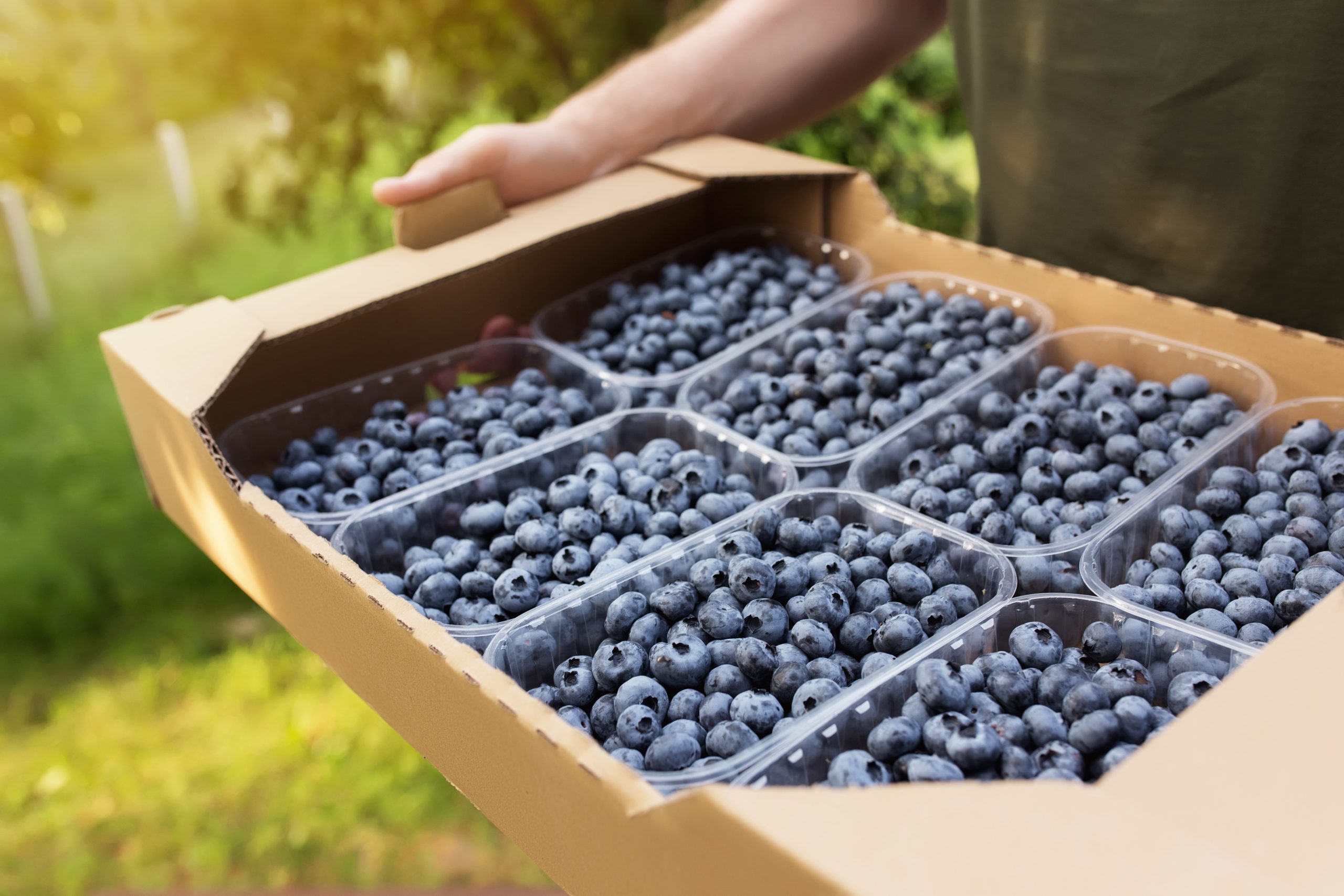Peru: Blueberry exports drop 39% this year
According to ProArándanos, up to week 33, the Peruvian blueberry campaign shows less production than what was estimated at the start of the season. To date, a total of 21,075 tons of blueberries have been exported, which represents a 37% decrease from the 2022-2023 season.
As for organic blueberries, a total of 2,479 tons have been shipped, which represents a drop of 54% compared to 2022-2023 and 10% less than the initial season projection. Combined, organic and conventional blueberries total 23,554 tons so far.
Luis Miguel Vega, general manager of Proarándanos, indicates, “The decrease in exported volumes is attributed to the atypical weather in Peru, caused by the El Niño phenomenon, which has resulted in an increase in temperatures between 39 and 41 degrees compared to the average of the last decades. This is affecting the production rate of blueberries.”
Agricultural engineer, Ricardo Víctor Arias Salcedo points out that “during the first two decades of the 21st century, non-tropical crops were planted in large areas in northern Peru, for example blueberries, which have serious adaptation problems and losses of up to 80% in production due to climatic events.”
Arias explains that “there is a direct relationship between climate change and El Niño, a symbiosis of both would cause that between 2023 and 2024 there would be an increase in the current climate crisis. In Peru, it is necessary to implement a rain culture in all our activities, evaluate probable impacts, develop contingency plans and take advantage of the benefits of El Niño.”
The El Niño’s technical consequences
For Carlos Castillo, international blueberry consultant, low blueberry production is due to the weather affecting flowering. “Ultraviolet light radiation is between 11 and 12 UV and at this time we should have between 3 and 4, which means that the plant is exposed to stress, added to the rise in temperatures that has impacted production in an incredible way.”
Castillo explains that “the current conditions generate root stress and phytosanitary problems in the plant, which stops taking water, causing the plant to use glucose reserves and the leaves to fall. This causes the cuticle of the stems and leaves to shrink, generating sun damage, and we have observed this since pruning this season.”
The blueberry expert explains that Ventura requires many hours of cold and so the plant did not have the necessary hours of low temperature, which caused a 60 day delay in flowering.
U.S. market affected by low production
The destination markets for Peruvian blueberries have been affected by the low production. The United States stands out as the main destination, with a 39% share and totaling 9,173 tons to date.
The United States in week 33 recorded 63% less fruit than in the previous season. Of the total volume arriving that week, 64% went to the port of Philadelphia, 22% to the port of Hueneme, 12% to the port of Miami and 2% to the port of Los Angeles.
In second place is China, with a 23% share of Peru’s blueberry shipments, to which 5,454 tons have been destined.
Castillo indicates, “last year during the first week of August, Peru had exported to China 13,576 tons, which for the same date this year was 28% less, with shipments of 9,816 tons. When you start to look at these indicators, you realize that this is causing problems.:
Then comes Europe, with a 21% share, totaling 4,981 tons in week 33 and a 13% drop in volume. Of the total exported in that week, 80% went to the port of Rotterdam, 18% to the port of Vlissingen, 2% to the port of Algeciras and 1% to the Madrid airport and Berlin.
The fourth destination is the United Kingdom with 9%, representing 1,978 tons. The remaining 8% is divided into other destinations, which account for 1,968 tons.
04/09/2023





